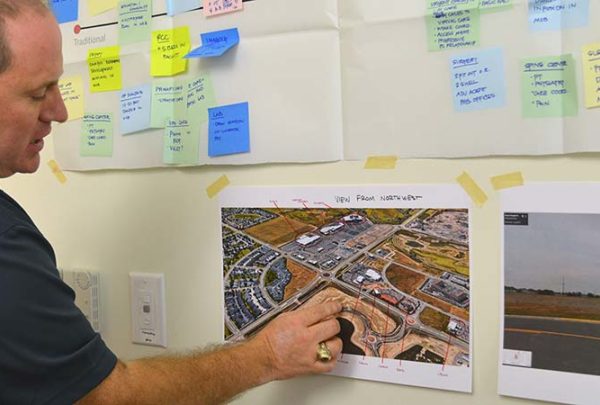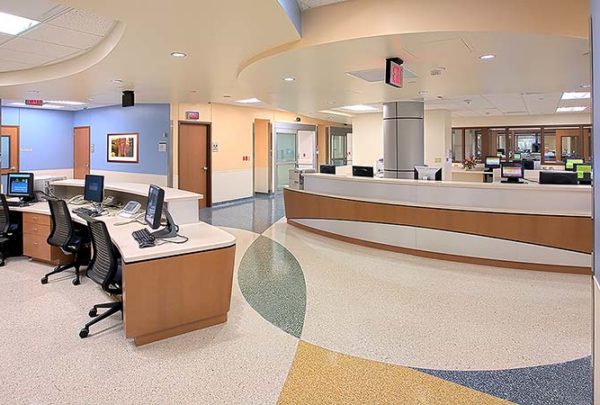For the past two decades, many healthcare providers have been developing networks of primary, secondary and tertiary care settings to provide care to their patient population. Depending upon the size and scope of the provider, these networks have varied in sophistication with many working as loose coalitions of segregated services. In the fee-for-service reimbursement model of the past, the flow of care was designed to feed patients from the lower acuity outpatient settings to the larger more comprehensive tertiary center. This was known as the Hub and Spoke model for many years.
Enter the Affordable Care Act.
Paradigm Shift: Keeping People Well vs. Treating the Sick
Today, and more importantly tomorrow, successful healthcare providers must be fully engaged and accountable for care. Providers will not only assume more risk for care across the continuum, but also provide expanded services in a lower cost, higher quality and more efficient manner. This will require a more integrated provider model than ever before and a change to the traditional hub and spoke approach, but how will that be done?
Shifting Spoke Direction
The “New Hub and Spoke” model has similarity in base structure with primary, secondary and tertiary care settings within a network, but there is a fundamental change. That change is the intended direction of flow of the patient within the care network.
Now, the focus is for more care to be delivered in the outpatient setting where costs can be reduced, access can be increased and preventative and post-acute care can be administered in a more efficient manner.
The Expansion of Outpatient Services
Advances in medical technology, less invasive procedures and growth in telemedicine will continue to enable providers to focus on a more integrated care model. With the advancement of technology, patients are being offered more choices. To maintain their patient population, providers are expected to deliver expanded services in a time-sensitive, high quality and efficient manner across all points of care.
Adapting to the New Normal
As our healthcare clients' worlds are changing, their needs within the consulting, planning, design and construction arena are changing as well. Gone are the days of fee-for-service reimbursement and the associated gaps within the continuum of care, so should be the case with the outdated and litigious approach to segregated planning, design and construction.
Just as healthcare providers must be fully accountable to the patients they serve, fully integrated planning, design and construction services offer real accountability and reduced risk to healthcare executives in the new normal.
For more information, contact Haskell Division Leader – Healthcare Construction, Mark Allnutt.







































































































